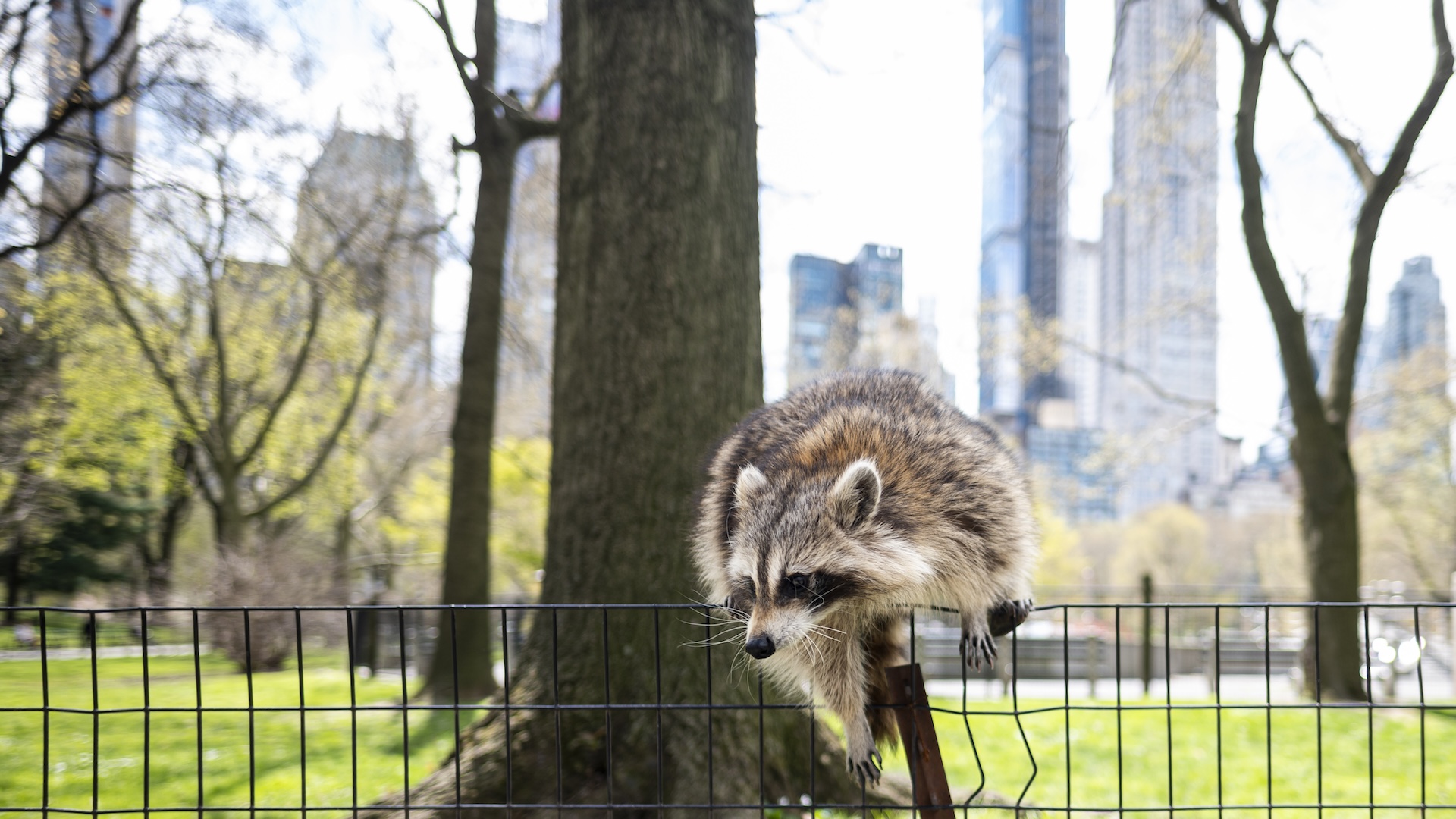Cats may have been domesticated much later than we thought — with earlier felines being eaten or made into clothes
Two studies of ancient felines find that cats were likely domesticated in Egypt or other regions in North Africa — and moved into Europe with humans much later than previously believed.

The origins of domestic cats, and their travels with ancient humans, are as enigmatic as the animals themselves. But now, scientists have found new evidence supporting the idea that the unfathomable felines were likely first domesticated in ancient Egypt, where they were worshipped as part of a cult — or in another region of North Africa.
Researchers already knew that modern-day lap cats (Felis catus) derived from African wildcats (Felis lybica). But exactly when and where these wildcats first accepted human companionship is a matter of intense debate.
Now, two studies published on the preprint server bioRxiv in March 2025 — meaning they have not yet been peer-reviewed — offer tantalizing new insights into how the world's second-most-popular pet may have come to coexist with humanity and spread around the world.
One of the prevailing hypotheses is that cats were domesticated in the Levant, a region of the Middle East bordering the Mediterranean Sea, during the Neolithic period 12,000 to 5,000 years ago.
The region is part of the Fertile Crescent, where agriculture first emerged. The theory suggests that when humans switched from a hunter-gatherer lifestyle to farming, rodents became a problem. Cats were attracted to the rodents and, given the felines were eating the pests, humans were happy to cohabit with them.
Related: Over 40% of pet cats play fetch — but scientists aren't quite sure why
This theory is based on the discovery of a cat buried at the foot of a human in Cyprus, which is off the coast of Turkey and Syria.
Get the world’s most fascinating discoveries delivered straight to your inbox.
"The first evidence of human association with a cat comes from Cyprus about 10,000 years ago," Jonathan Losos, an evolutionary biologist at Washington University in St. Louis and author of "The Cat's Meow: How Cats Evolved from the Savanna to Your Sofa" (Viking, 2023), told Live Science. That suggested the cat-human association may have begun in the Fertile Crescent, said Losos, who was not involved with the new research.
But both of the new papers cast doubt on this idea, suggesting cat domestication actually took place much later, and that cat remains suggesting earlier interactions were actually wildcats.
In one of the news studies, the researchers conducted genetic analyses on early cat specimens, which revealed that cats found in Europe and Turkey from between 11,000 and 2,300 years ago were not the direct ancestors of today's domestic cats. They were instead European wildcats (Felis silvestris) that had naturally hybridized with African wildcats where the ranges of the species overlapped.
"We successfully reconstructed nuclear genomes of several Neolithic cats from Anatolia and Southeast Europe and proved that these cats are European wildcats," said Marco De Martino, a palaeogeneticist at the University of Rome Tor Vergata and lead author of the first study.
"They were likely exploited for food, pelts or ritual practices," he told Live Science. These weren't pets — they were meant for the stew pot or the collar of a luxurious cloak or as offerings to deities.
Instead, the researchers suggest that cat domestication occurred in Africa — either in Egypt or another northern area of the continent, such as modern-day Morocco or Tunisia.
Their analysis indicated that modern domestic cats are most genetically similar to African wildcats from Tunisia.
Ancient Egyptian cats
To piece together the domestic cat's introduction to the world, the authors then looked at non-genetic evidence of cats in societies in ancient times.
Egypt was the most prominent early civilization to encourage the presence of cats, with evidence indicating that they were well-established there by the first millennium B.C., according to the authors.
They were worshipped as part of the cult of Bastet, an Egyptian goddess associated with fertility, health, protection and domestic life. Cats are common in ancient Egyptian imagery, both as members of human households and in the form of Bastet herself — early depictions of the goddess style her as a lion, but she later resembled a domestic cat.
Based on evidence both from iconography and extensive mummification of cats as part of the worship of Bastet, the second paper concludes that Egypt was likely the main center of cat domestication. While the felines may have been drawn to agricultural production by rodents, one variation of the the hypothesis suggests that they were bred for the production of mummies used in devotional rituals. The large-scale breeding operations may have initiated the domestication process.
Cats likely then moved north from Egypt via trade routes. Specimens found in the U.K., date to the late Iron Age, suggesting there was one early wave of cats entering Europe during this period. Domesticated cats then moved into Europe with greater intensity during periods of Greek and Roman dominance.
However, the authors caution that genetic data from mummified cat remains in Egypt has not yet been reliably analyzed. "We believe that Egypt remains the best candidate as the birthplace of domestic cats given the extensive extant iconographic evidence, but we have no genetic data from Egypt to demonstrate that," noted De Martino, who was a co-author on the second paper as well.
Genetically, at least, origins in western North Africa may be on firmer ground.
"The lack of genomic data from ancient or modern cats in Egypt is the big question mark that needs to be answered — when that is added, it may swing genetic support back to the Out of Egypt hypothesis," Losos said.
Cat quiz: Can you get a purr-fect score?

Richard Pallardy is a freelance science writer based in Chicago. He has written for such publications as National Geographic, Science Magazine, New Scientist, and Discover Magazine.
You must confirm your public display name before commenting
Please logout and then login again, you will then be prompted to enter your display name.
